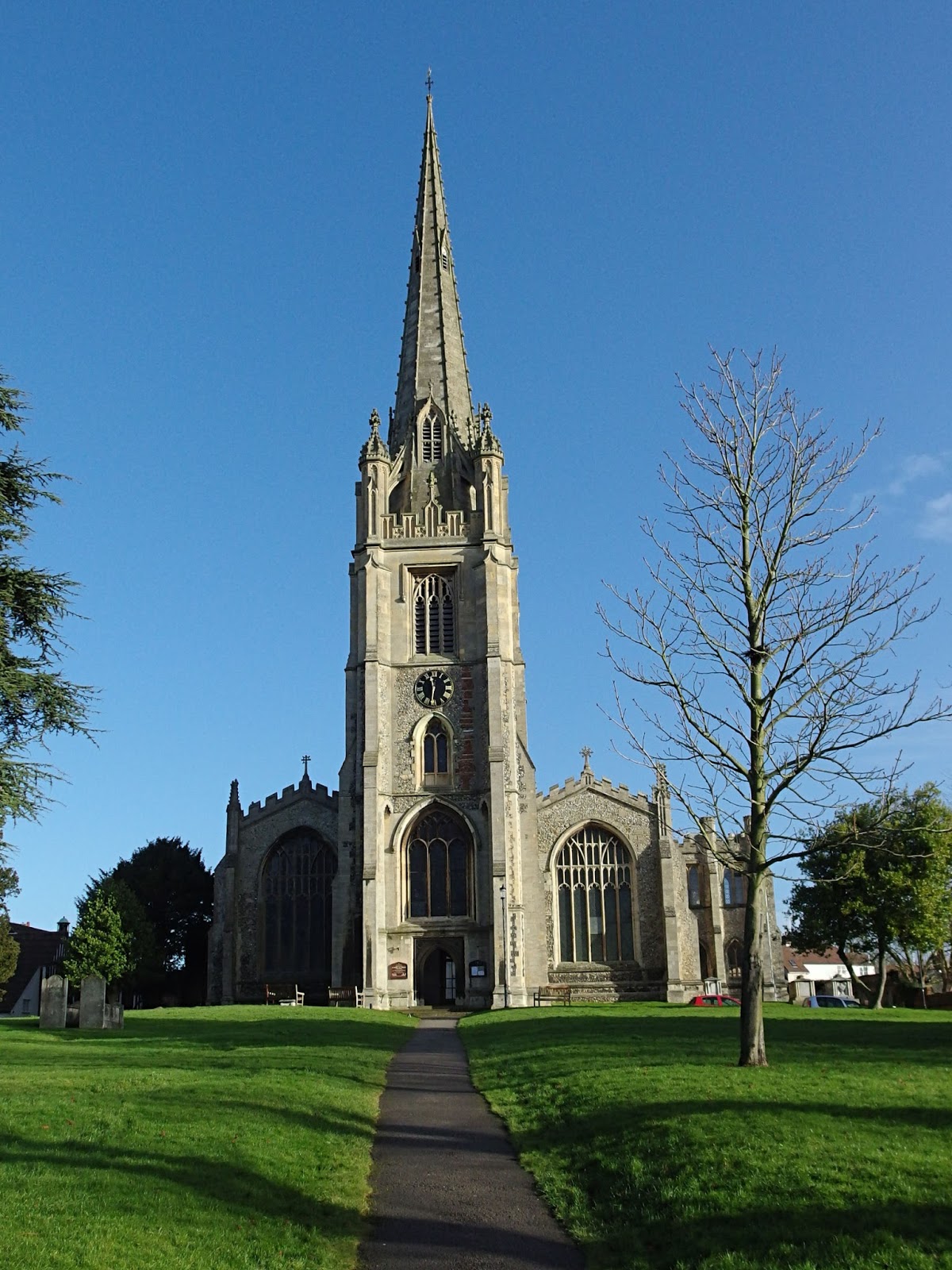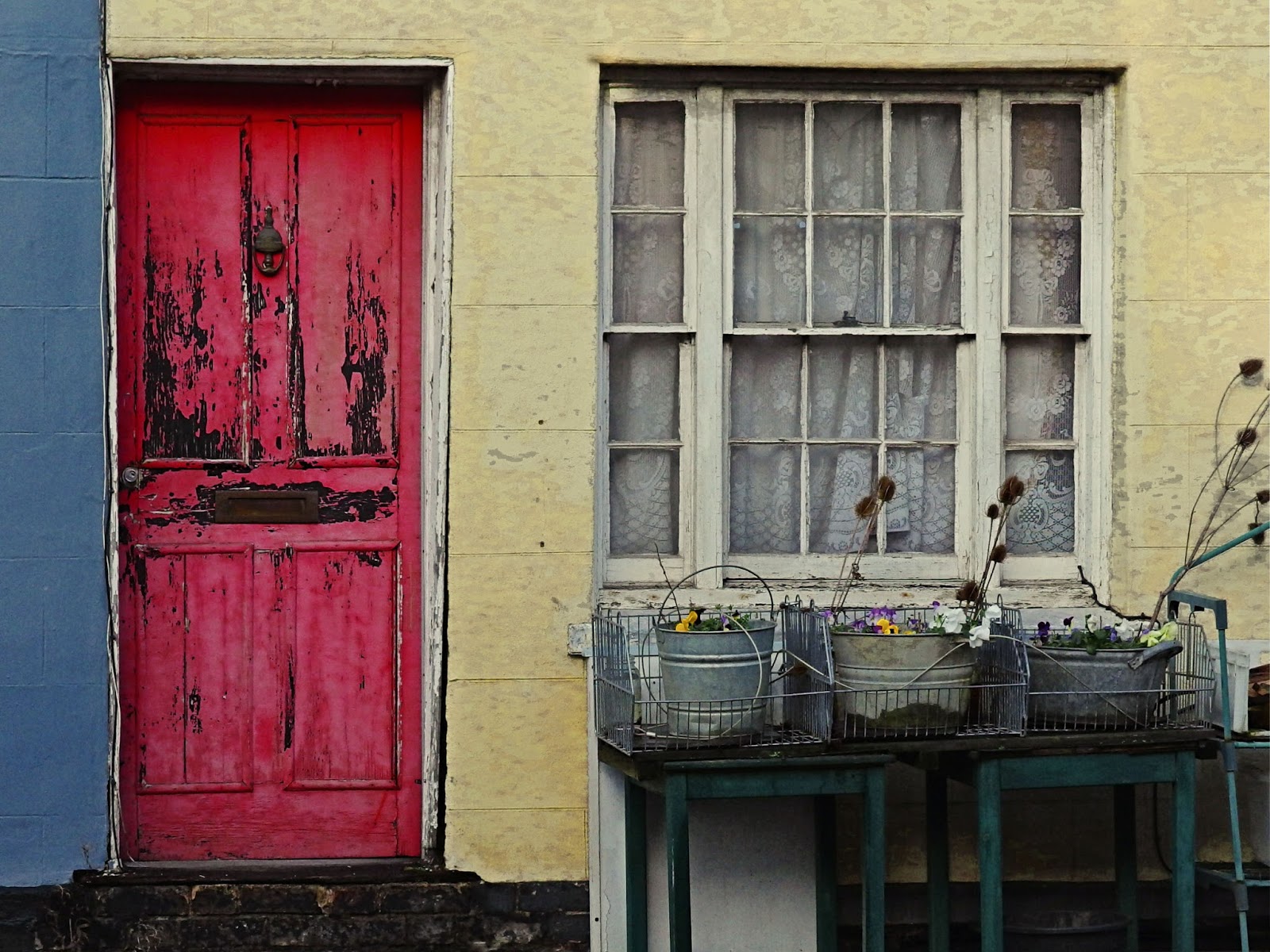Old Moot House
In the village of Rattlesden stands this fine old building which dates from about 1430. But long before that the Saxons met in the open air to debate important decisions relating to their communities at what they termed "moot hills". Later there were buildings constructed on these sites and they became known as "moot halls" but their purpose was much the same. However the landscape historian must beware of jumping to conclusions here because sometimes the halls were built at different locations to the original hills.
Whether the Rattlesden Moot House is one such is a "moot point"! ("moot point" coming from the same root and meaning something which is debatable). Its position right next to the parish church suggests that the site is of ancient significance. It also served in the past as a Guild Hall, a building which fulfilled a similar role in being a central organisational hub for the settlement. By the way, notice the fancy barge-boards on the gable end.
The Master
Cambridge is famed for its many green open spaces: the lungs of the city. Parker's Piece is very close to the city centre and consists of 25 acres (about 10 hectares) of closely mown grass crossed diagonally by footpaths. It is known as the birthplace of modern soccer in that the rules adopted by the game were those formulated for games on the Piece. In the summer the same grass was used for cricket matches. One who learned his early cricket there was Jack Hobbs, who was born in the poorer part of Cambridge but went on to be one of England's finest batsmen and to eventually become Sir Jack. He is commemorated by a blue plaque affixed to the building known as Hobbs Pavilion on Parker's Piece, which also bears the weather vane above.
Those unfamiliar with cricket may need to know that "test matches" are what would otherwise be known as international games.
Reality Checkpoint
Standing in the centre of Parker's Piece is an ornate lamppost known as "Reality Checkpoint". I showed you this picture some years ago and said that I remembered it being brightly painted in psychedelic colours in the late 60's or early 70's, but I had no clue as to the origin of its name. I've now learned that it was painted and named by students at the Arts and Technology College, which was not part of the university and was in a working-class neighbourhood. It was to signify to the posh boys of the University that should they ever pass this point, and few of them ever did, they would be entering into the real world!
Mini Coffee Shop
I couldn't help but be amused by this Mini Coffee Shop spotted at Thriplow Daffodil Day last spring. It consists of a full-size Espresso machine crammed in the back of a mini van. They offered a wide range of coffees and the one I bought was excellent.
The Wild Man Of The Woods
You never know what's going to turn up in our old churches as the fragment of sculpture preserved in Woolpit Church proves. It is a representation of Wodehouse, Wodewose or the Wild Man of the Woods, a mythical man covered in hair and haunting the deep woodlands of medieval England. Carvings of him turn up in several churches, along with the Green Man, a similar sort of chap who is covered in leaves rather than hair.
They both seem to symbolise everything unknown and frightening - death, madness, the dark forest....perhaps as a warning to church-goers to watch their step, say their prayers and behave themselves. Even so it seems rather odd to see these pagan-looking characters turning up in church.
Take care.


















































